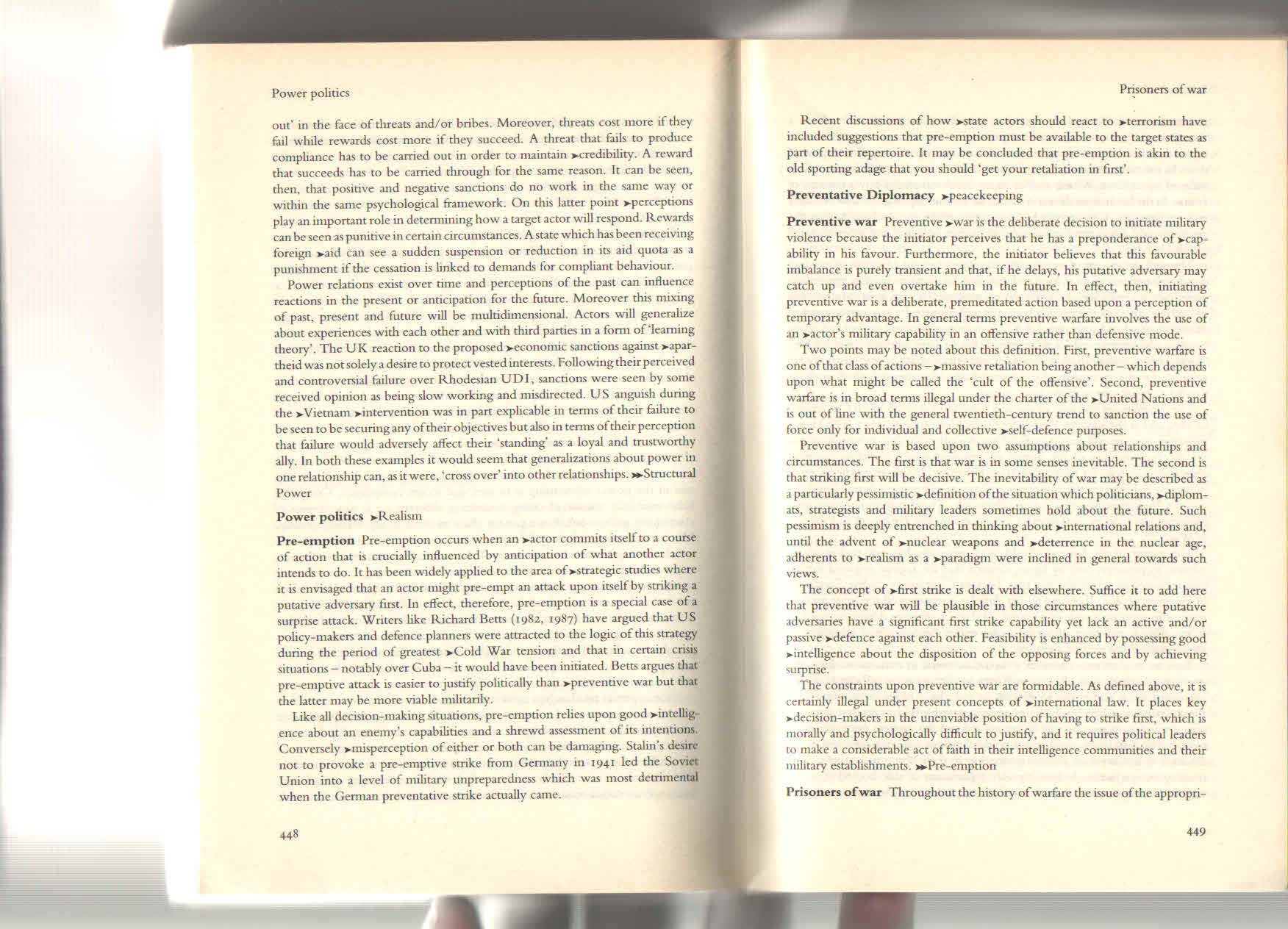

Accessible and captivating, Naím offers a revolutionary look at the inevitable end of power-and how it will change your world.Journalist Naím, a former executive director of the World Bank, revisits his 2013 book The End of Power in this trenchant if familiar look at the resurgence of autocratic regimes around the world. Today, insurgent forces dismantle those barriers more quickly and easily than ever, only to find that they themselves become vulnerable in the process. Those in power retain it by erecting powerful barriers to keep challengers at bay. In the second half of 2010, the top ten hedge funds earned more than the world’s largest six banks combined. Modern tools of war, cheaper and more accessible, make it possible for groups like Hezbollah to afford their own drones. CEO’s are more constrained and have shorter tenures than their predecessors.

Examples abound in all walks of life: In 1977, eighty-nine countries were ruled by autocrats while today more than half the world’s population lives in democracies. Naím deftly covers the seismic changes underway in business, religion, education, within families, and in all matters of war and peace. Drawing on provocative, original research, Naím shows how the antiestablishment drive of micropowers can topple tyrants, dislodge monopolies, and open remarkable new opportunities, but it can also lead to chaos and paralysis.

In The End of Power, award-winning columnist and former Foreign Policy editor Moisés Naím illuminates the struggle between once-dominant megaplayers and the new micropowers challenging them in every field of human endeavor. Those in power today are more constrained in what they can do with it and more at risk of losing it than ever before. But power is not merely shifting and dispersing. We know that power is shifting: From West to East and North to South, from presidential palaces to public squares, from once formidable corporate behemoths to nimble startups and, slowly but surely, from men to women.


 0 kommentar(er)
0 kommentar(er)
